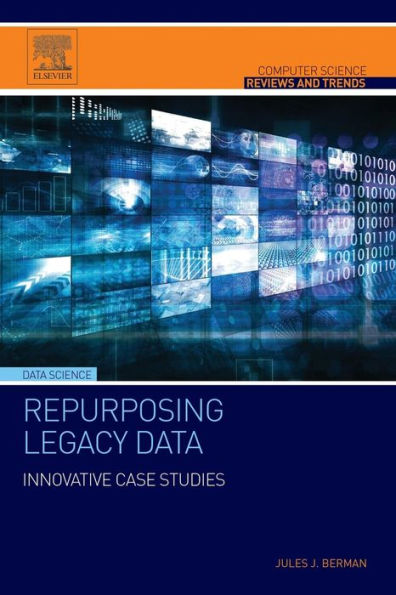5
1
9780128028827



Repurposing Legacy Data: Innovative Case Studies available in Paperback, eBook

Repurposing Legacy Data: Innovative Case Studies
- ISBN-10:
- 0128028823
- ISBN-13:
- 9780128028827
- Pub. Date:
- 03/17/2015
- Publisher:
- Elsevier Science
- ISBN-10:
- 0128028823
- ISBN-13:
- 9780128028827
- Pub. Date:
- 03/17/2015
- Publisher:
- Elsevier Science

Repurposing Legacy Data: Innovative Case Studies
$49.95
Current price is , Original price is $49.95. You
49.95
In Stock

Product Details
| ISBN-13: | 9780128028827 |
|---|---|
| Publisher: | Elsevier Science |
| Publication date: | 03/17/2015 |
| Series: | Computer Science Reviews and Trends |
| Pages: | 176 |
| Product dimensions: | 5.90(w) x 8.90(h) x 0.40(d) |
About the Author
What People are Saying About This
From the B&N Reads Blog
